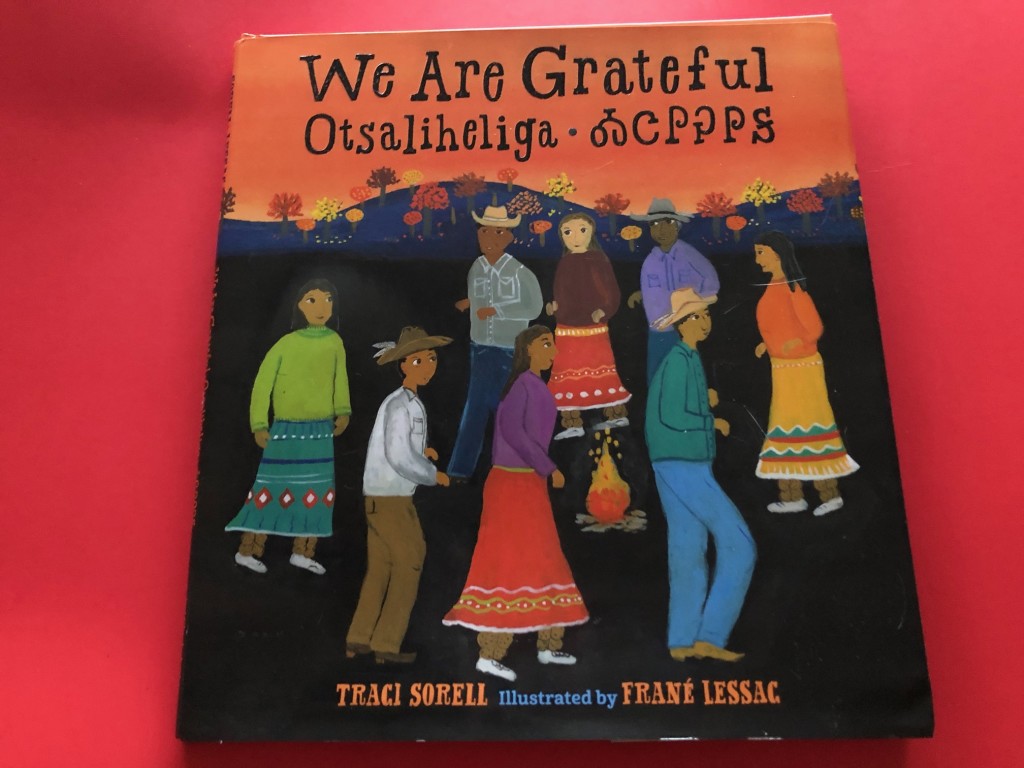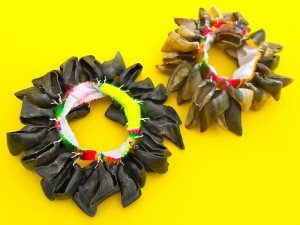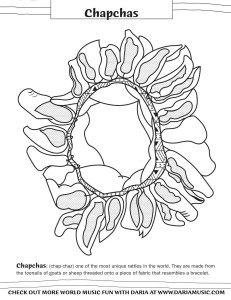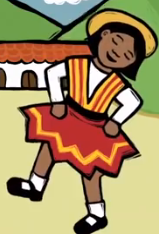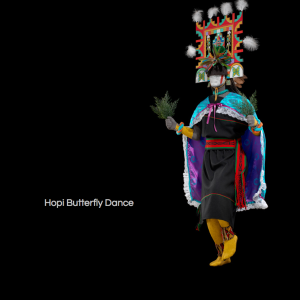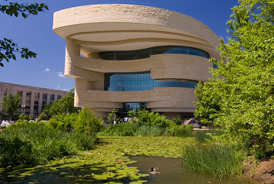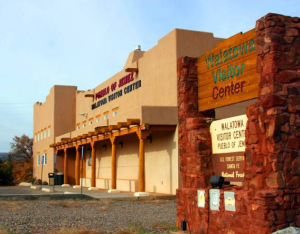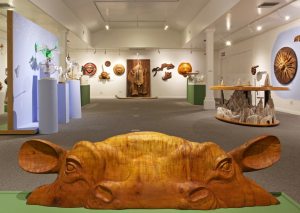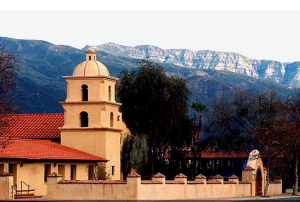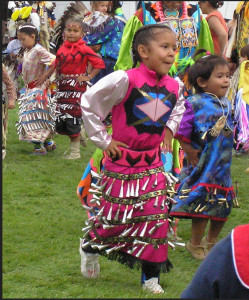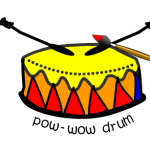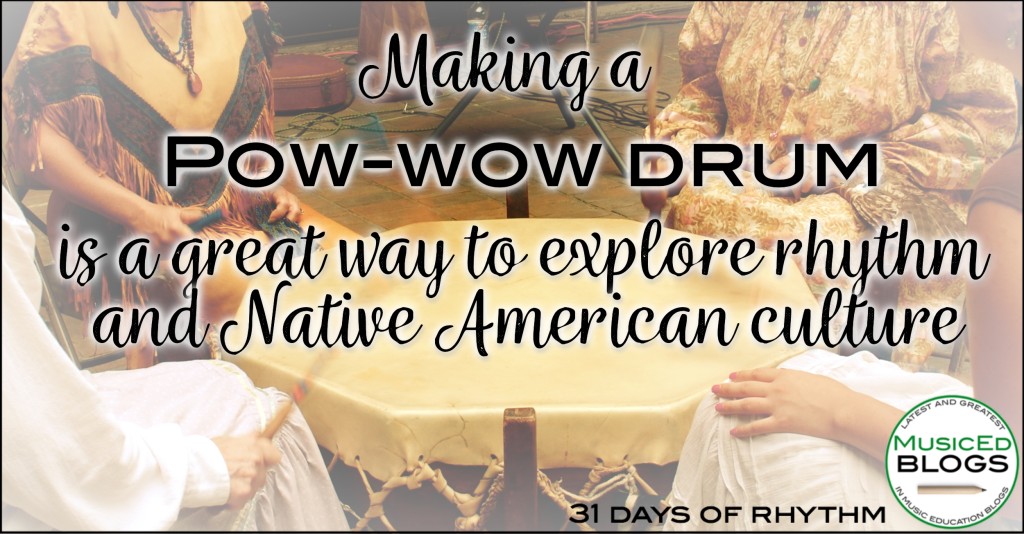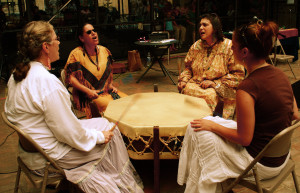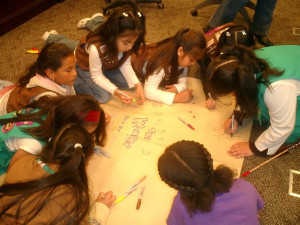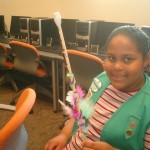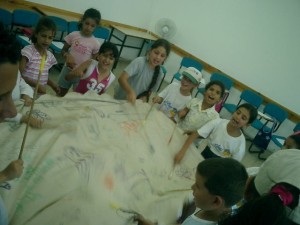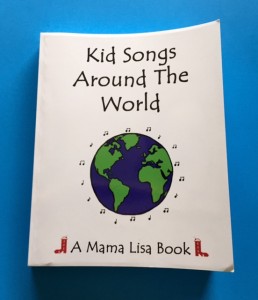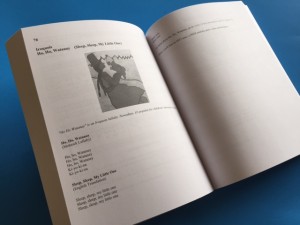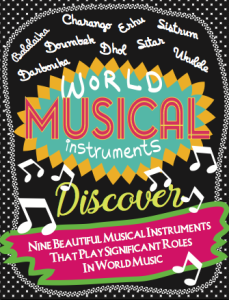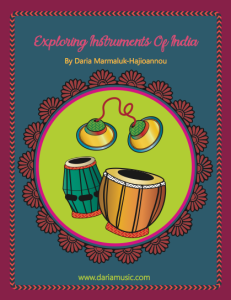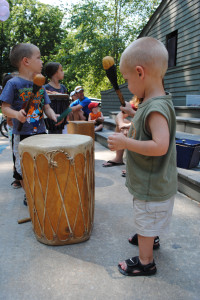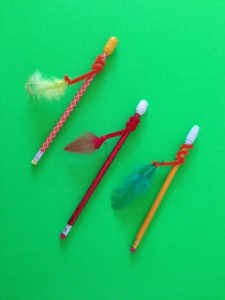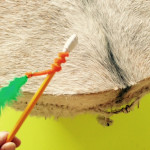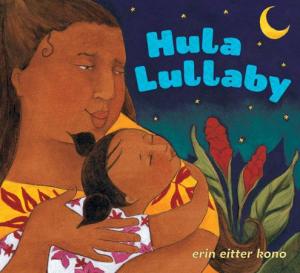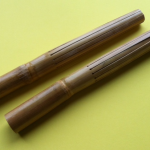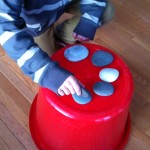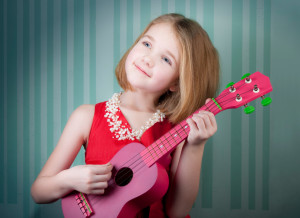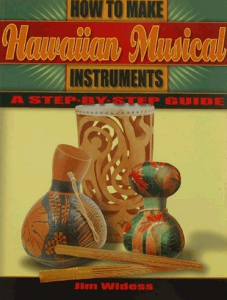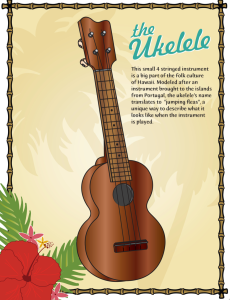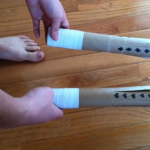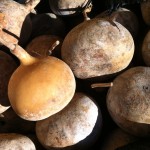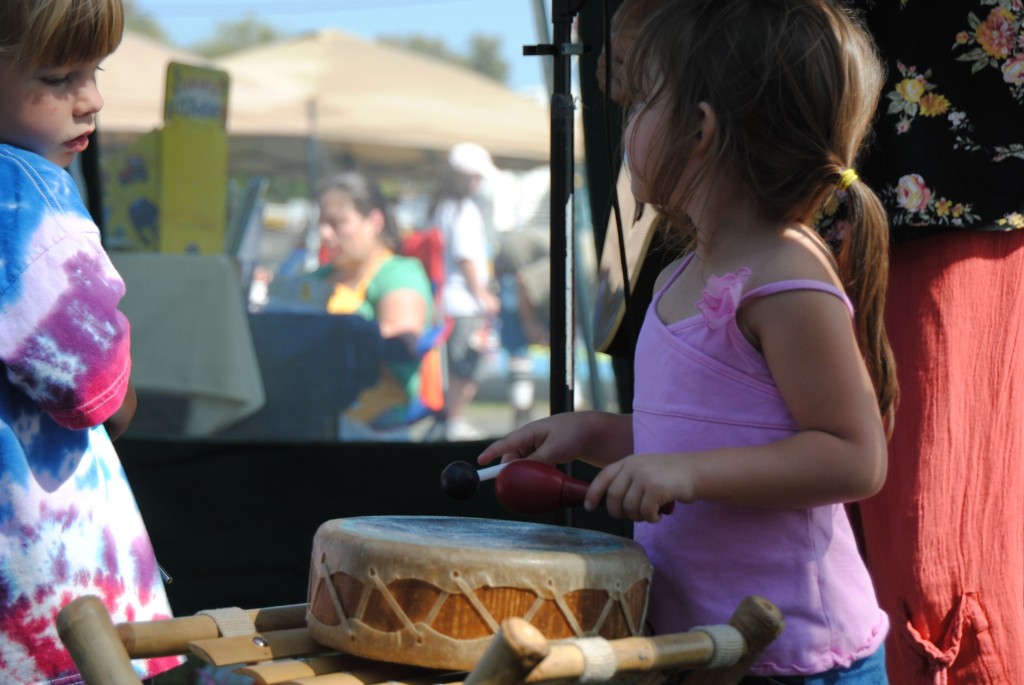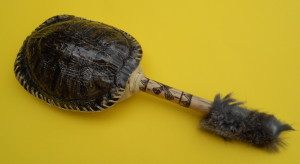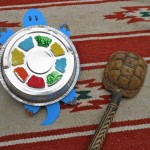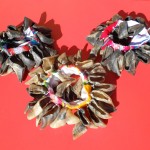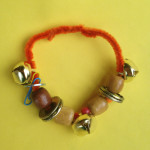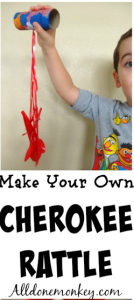This post is part of the Multicultural Kids Bloggers blog hop for Native American Heritage Month. At the end of this post are links to more great posts to check out and enjoy.
This is one of my favorite books both for Native American Heritage Month and thanksgiving. Written by Cherokee author, Traci Sorrel it takes the reader through a year of gratitude for the large and small experiences of life for present day Cherokee people.
Want to win this book? Just enter the giveaway below or read on for more reasons why this book should be part of your classroom or home book basket!
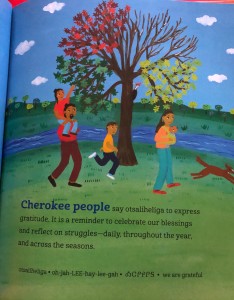 It’s A Native Book By A Native Author
It’s A Native Book By A Native Author
Growing up In the 1960s and 70s, I recall almost no books about traditional, Native American or indigenous peoples. When they finally started to appear, they were often about native people by non-native authors. Eventually, the children’s book industry is becoming more aware of the importance of letting colonized, conquered or diverse people tell their own stories. In the meantime, many smaller book companies have come along with the intention of showcasing Native authors and allowing diverse voices to speak and write for themselves. The results are beautiful and authentic books like this one.
This Books Showcases Traditional Life
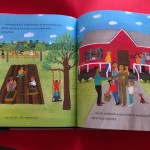 Day to day life on a reservation, pueblo or in a tribal area is a bit different than modern life. It tends to be more centered on family, community, farming, nature and traditions. I love how his book shares the rich cultural values that orchestrate daily life in a more traditional community. And it does so bilingually!
Day to day life on a reservation, pueblo or in a tribal area is a bit different than modern life. It tends to be more centered on family, community, farming, nature and traditions. I love how his book shares the rich cultural values that orchestrate daily life in a more traditional community. And it does so bilingually!
It’s Bilingual
This book is in English with Cherokee phrases throughout. As the reader travels through the seasons they learn words for things like grandmother, strawberries, summer, and winter. The notes at the end of the book explain more about the form of the Cherokee language and some of the new words or ideas presented in the book.
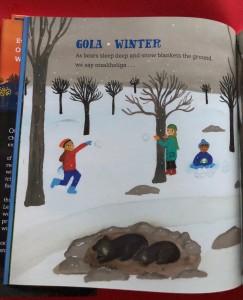 The Illustrations Are Gorgeous
The Illustrations Are Gorgeous
This is one of those books that even a pre-reading child will enjoy as they feast their eyes on the illustrations. Kids plant seedlings, grown-ups fish for crawdads, a woodpecker is busy on the nearest tree and bears quietly hibernate under the ground while children throw snowballs above. The colorful, beautiful and interesting pictures are bright and engaging bringing each page of the story to life!
It’s Great For Thanksgiving
This book is about giving thanks. After you’re done, you can answer the question “What are the people in this book grateful for?”. And you can ask another question: “What are we grateful for”? No matter where you live or what your ancestry is, it’s always a good time to be grateful and give thanks.
Welcome to our sixth annual celebration of Native American Heritage Month! Today our bloggers are sharing posts about teaching children about these rich cultures. See the list of participating blogs below, and don’t forget to link up your own posts as well! Don’t miss our series from last year, 2017, 2016, 2015, and 2014, plus you can find even more ideas on our Native/Indigenous Cultures Pinterest board:
Follow Multicultural Kid Blogs’s board Native/Indigenous Cultures on Pinterest.
Participating Blogs
Faith Seeker Kids on Multicultural Kid Blogs: Honoring Native American Heritage Month with Kids
Discovering the World Through My Son’s Eyes: 5 Tasty Indigenous Recipes
Crafty Moms Share: A Look at Native Hawaiians

